THE INTERSTITAL SEA
SKAGEN: 7,150 steps, 4,200 meters, 175 frames/meter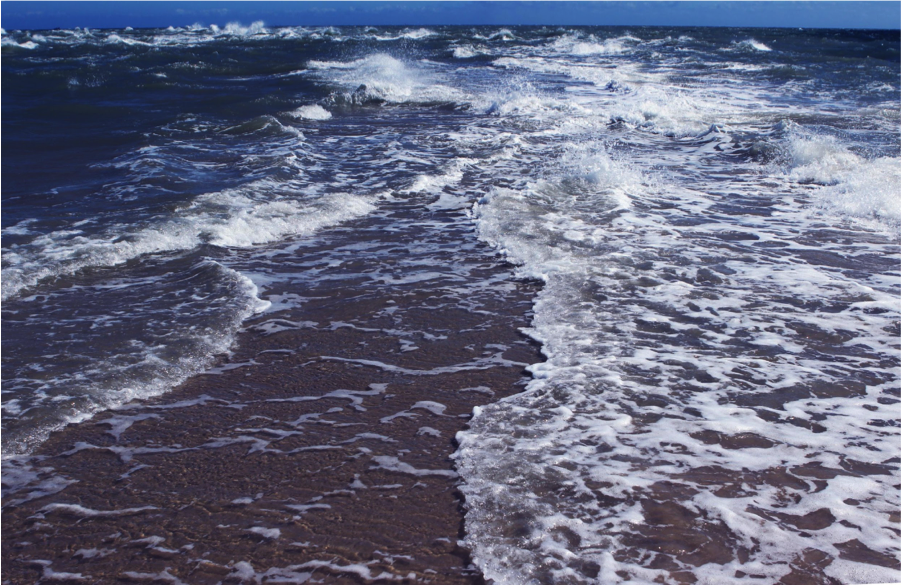
Standing, feet submerged in between two opposing seas, staring at a distant horizon—the sun sets. This far north the light very rarely goes out. The interlocking waves crash and push against each other. The wind roars and sand blows past, rushing out towards the water, where everything else seems to be going. Including you. But you remain here, watching this landscape and feeling its force, as the waters pull and coalesce around you. This meeting point is an incipient place and you are watching and waiting for the weather to change.

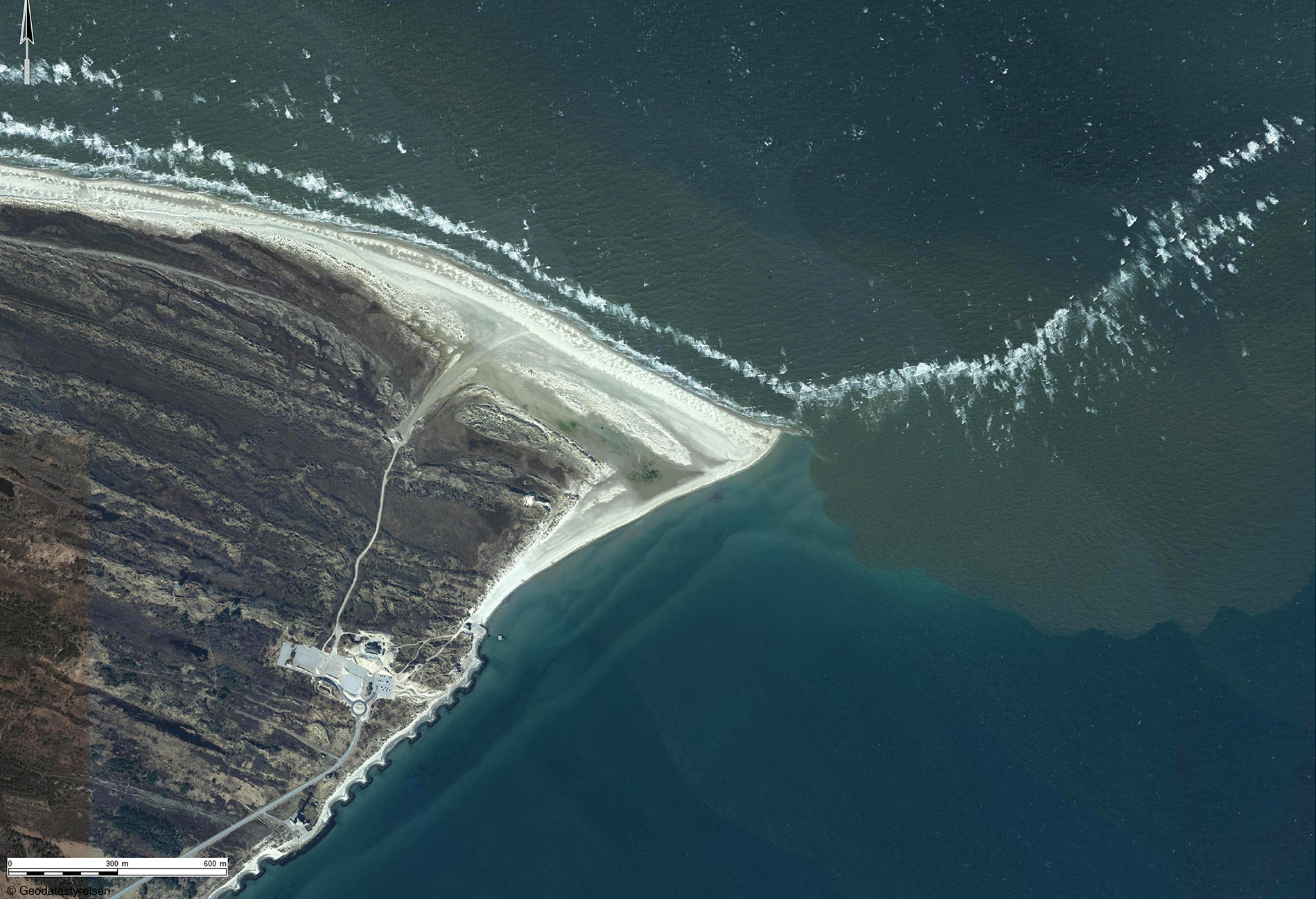
The work responds to Norman McLaren’s oft cited definition which states that:
- Animation is not the art of drawings that move but the art of movements that are drawn
- What happens between each frame is much more important than what exists on each frame
- Animation is therefore the art of manipulating the invisible interstices that lie between frames.
The point on Grenen beach, near the town of Skagen, Denmark where the North Sea and the Baltic Sea meet is the inspiration for The Interstitial Sea. At Skagen, the bodies of water differ in salinity and as a result do not overlap. Instead a line is formed where the two waters meet. Standing at this point in Skagen enables an experience that limits and enlivens the interplay between force and movement first hand. Skagen’s coalescing seas serve as the impetus to explore movement in animation – contrasting fluid movement with interstitial action.
This place and its invisible current, represent the process of frame-by-frame animation. Both the current and the animator’s agency are invisible, yet they are what generate movement. The effects of these actions are what the spectator can experience. The line that forms between the North and Baltic Sea is the visible element whose movement is a result of the current. It is a line that both disrupts and moves fluidly as it skirts the edges of each sea. Through the hand-drawn line, the animations map the invisible force of the current, bringing attention to the illusory qualities of movement.
The Interstitial Sea was first realized in a shipping container located on Granville Island in Vancouver, BC and was part of a collaborative projected entitled Hyphenated Sites.
![]()
This place and its invisible current, represent the process of frame-by-frame animation. Both the current and the animator’s agency are invisible, yet they are what generate movement. The effects of these actions are what the spectator can experience. The line that forms between the North and Baltic Sea is the visible element whose movement is a result of the current. It is a line that both disrupts and moves fluidly as it skirts the edges of each sea. Through the hand-drawn line, the animations map the invisible force of the current, bringing attention to the illusory qualities of movement.
The Interstitial Sea was first realized in a shipping container located on Granville Island in Vancouver, BC and was part of a collaborative projected entitled Hyphenated Sites.
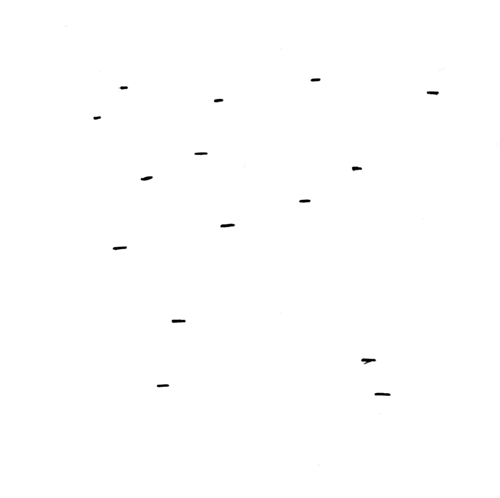
Comprised of twelve animation in a six-minute loop on 4 projectors, The Interstitial Sea considers how formal representations of a line in motion can extend into a space in order to define or disrupt it.
Each animation uses a unique material process to explore the possibilities of the active interval and convey the feeling of moving water through animated lines.
Each animation uses a unique material process to explore the possibilities of the active interval and convey the feeling of moving water through animated lines.
They can be described as follows in no particular order:
- High Contrast Water Lines of Moving Water
- Moving Lines in Oil Pastel
- Animation with an Embossed Line
- Vertical Lines Cross in Green and Blue/Grenen Point
- Marked Blue Water
- Black and White Waves with Small Lines
- Marked Green Water
- A Marked Blue Wavy Line/Skarrak/North Sea
- Parallel Lines in Green and Blue
- Moving Pan in Green
- A Marked Green Straight Line/Kattegat/Baltic Sea
- Brushed Lines in Blue Chalk Pastel
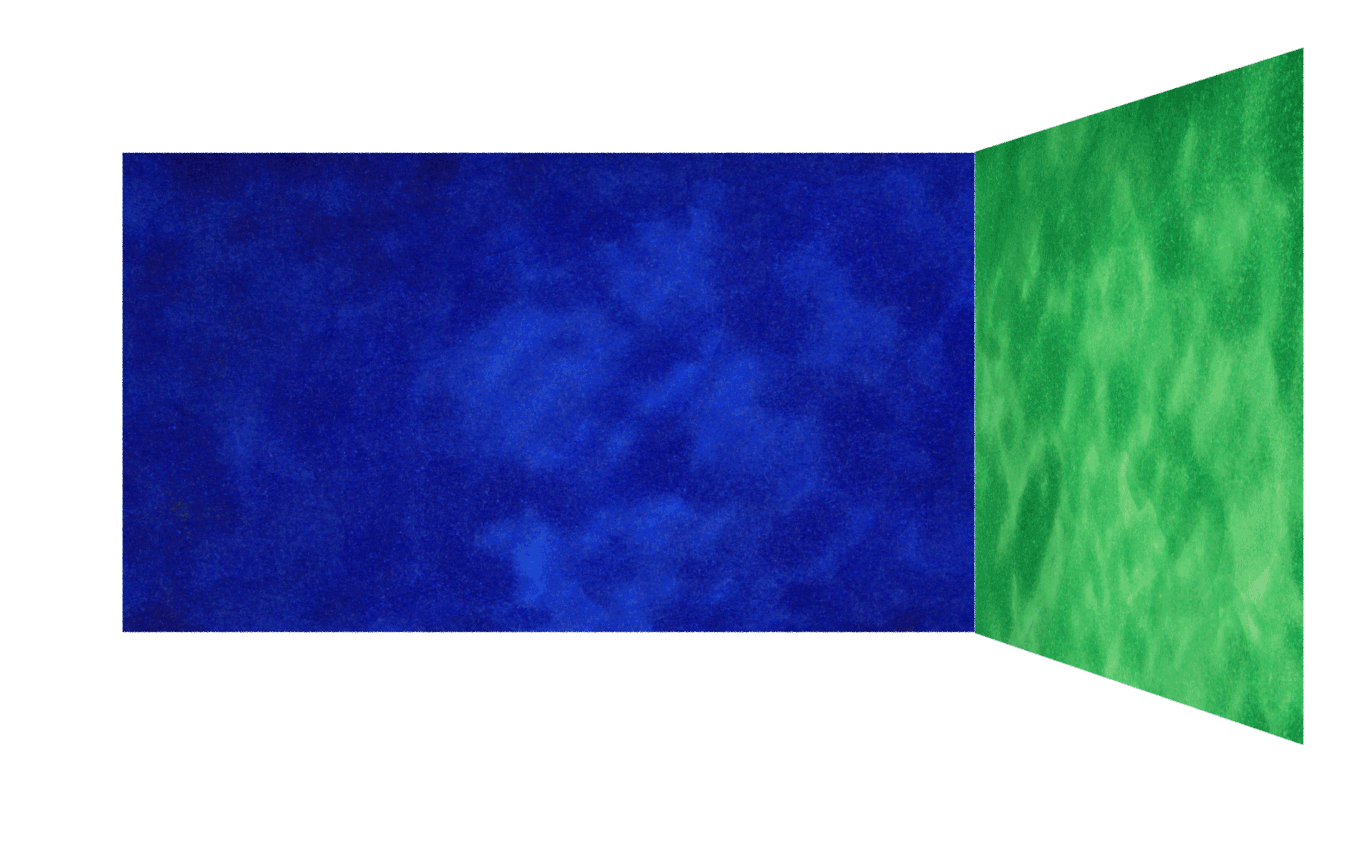




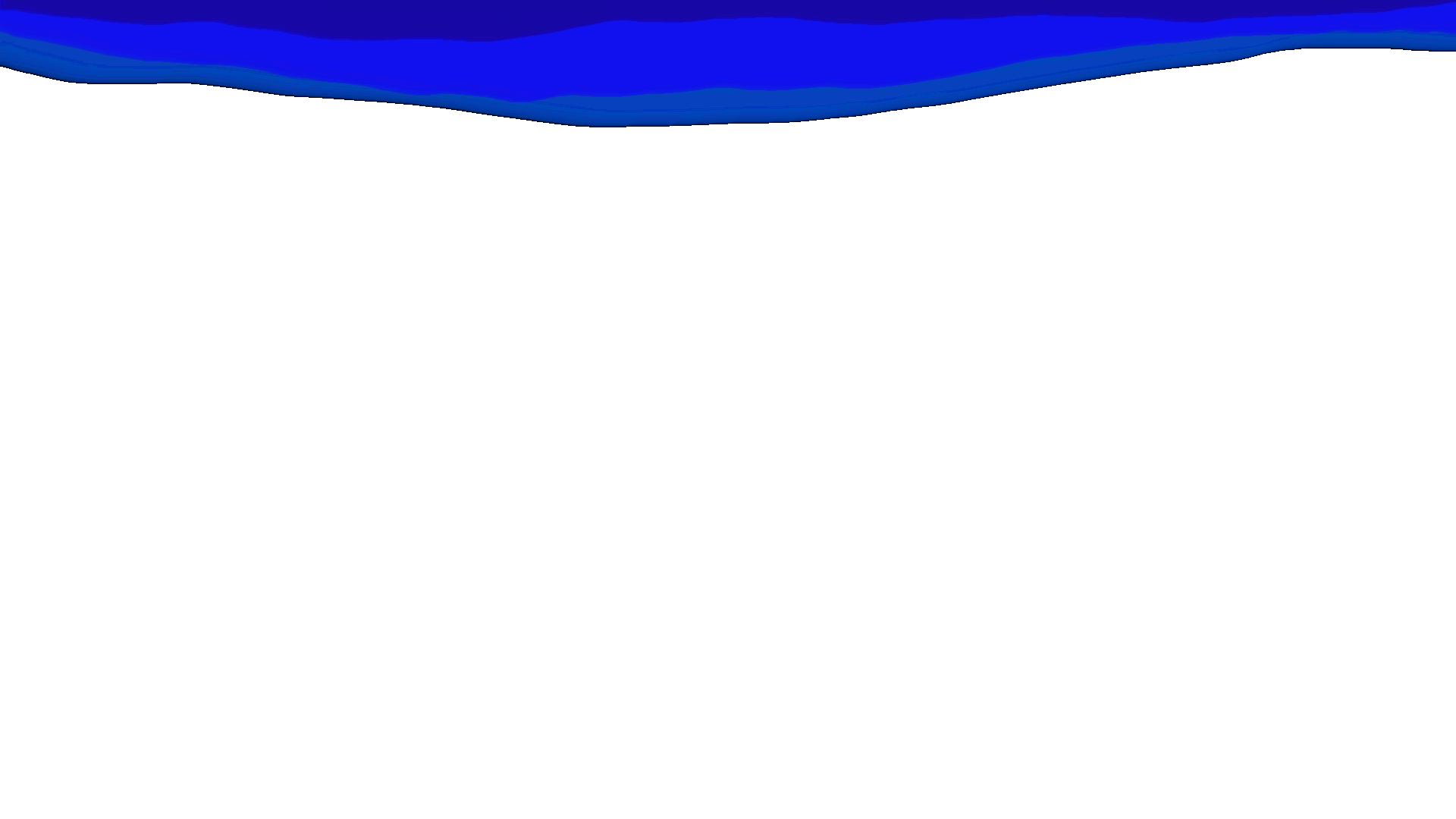
Standing, looking
out to the distant horizon –two opposing seas collide. The sun blares. The wind
blows. Sand is everywhere. All the while the interlocking waves crash and push
against each other. But you are not alone. You are standing here, spectators of
this landscape.